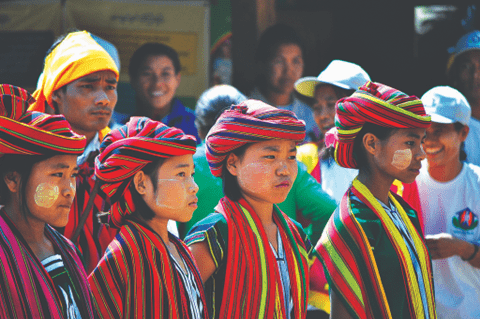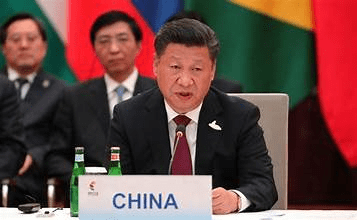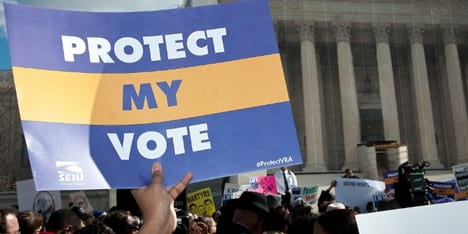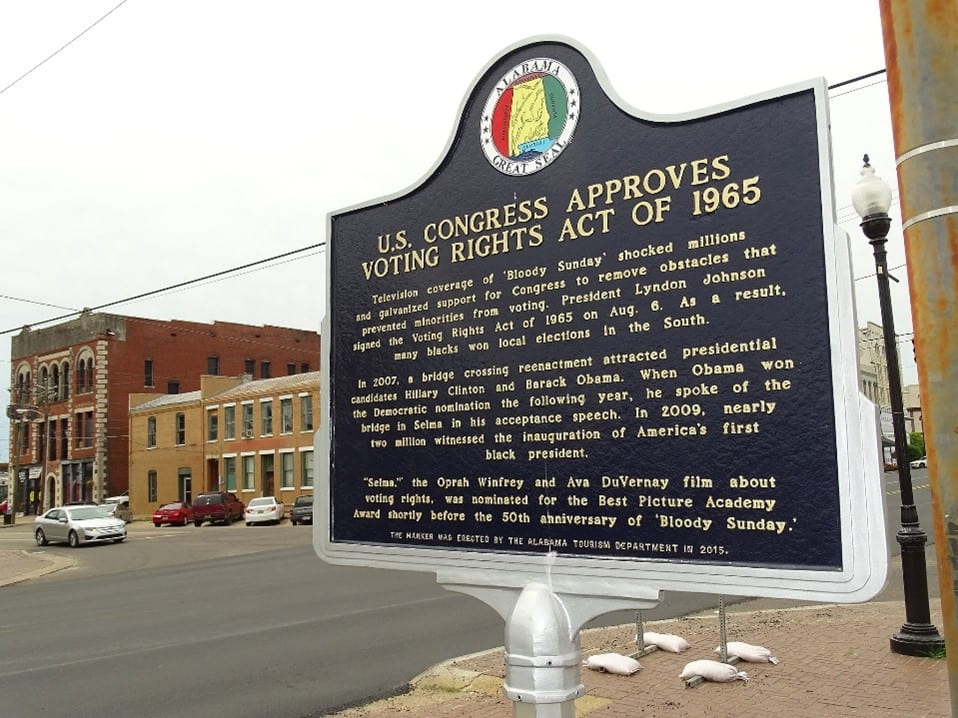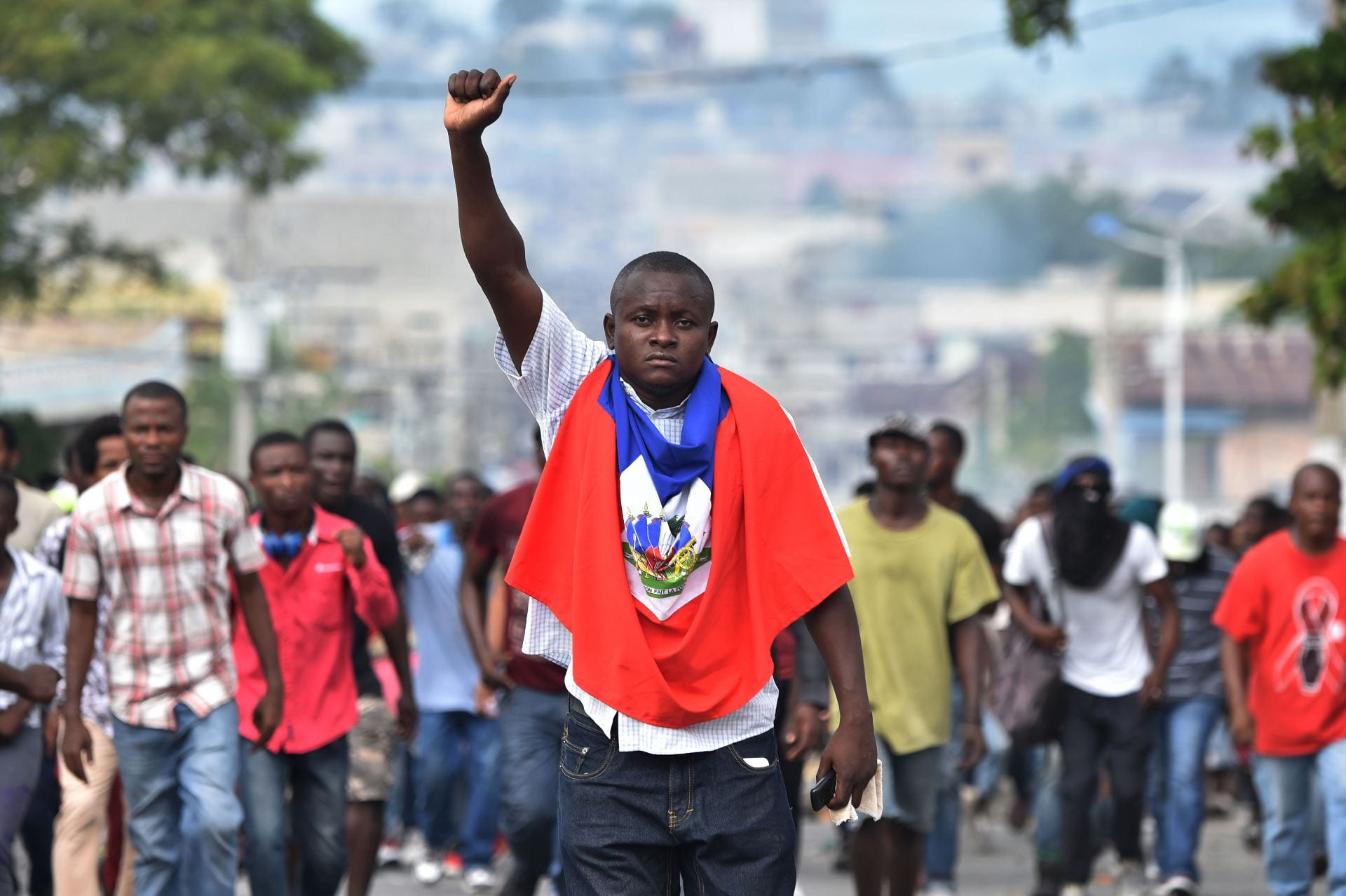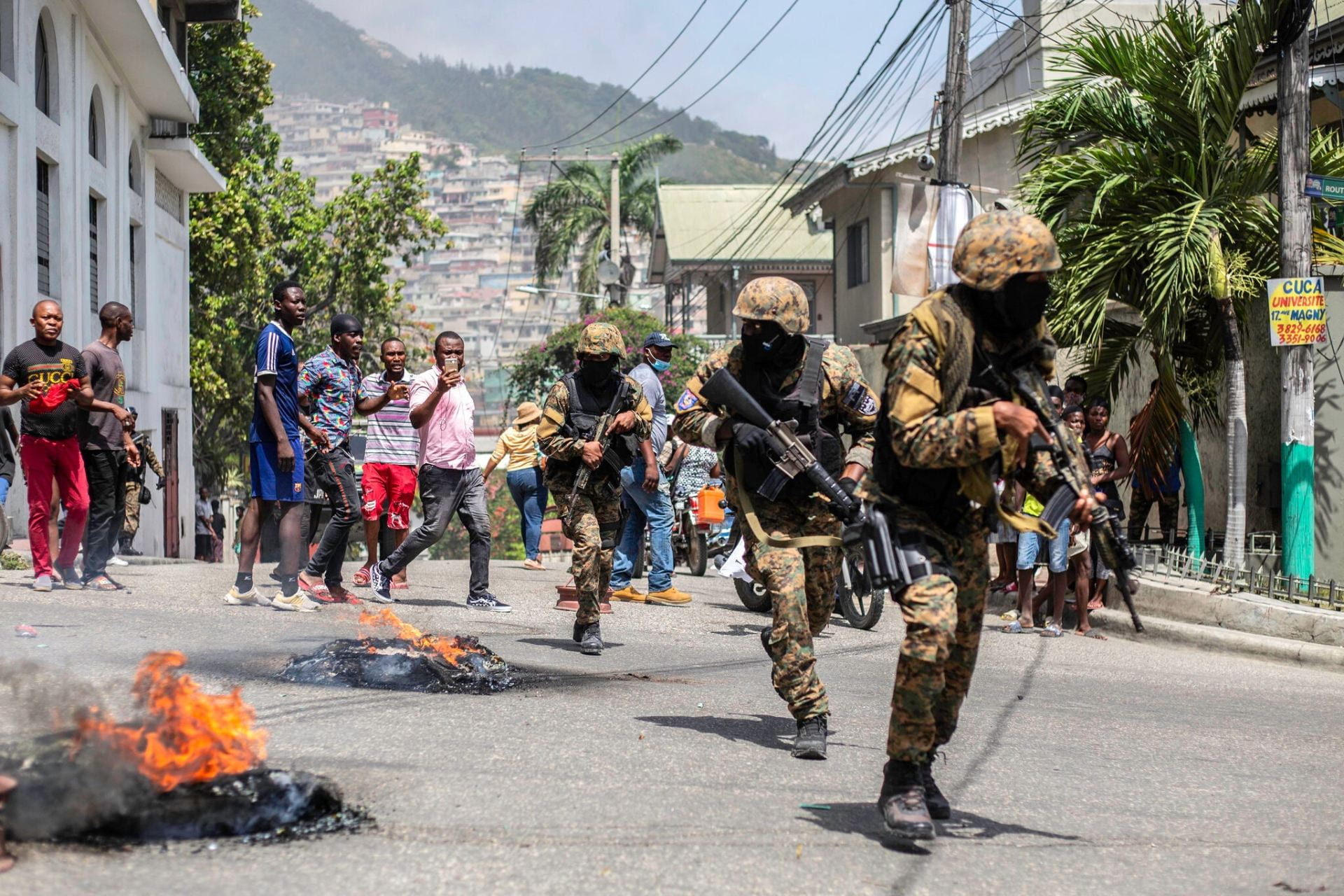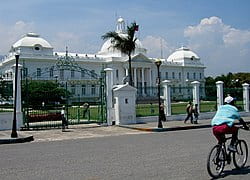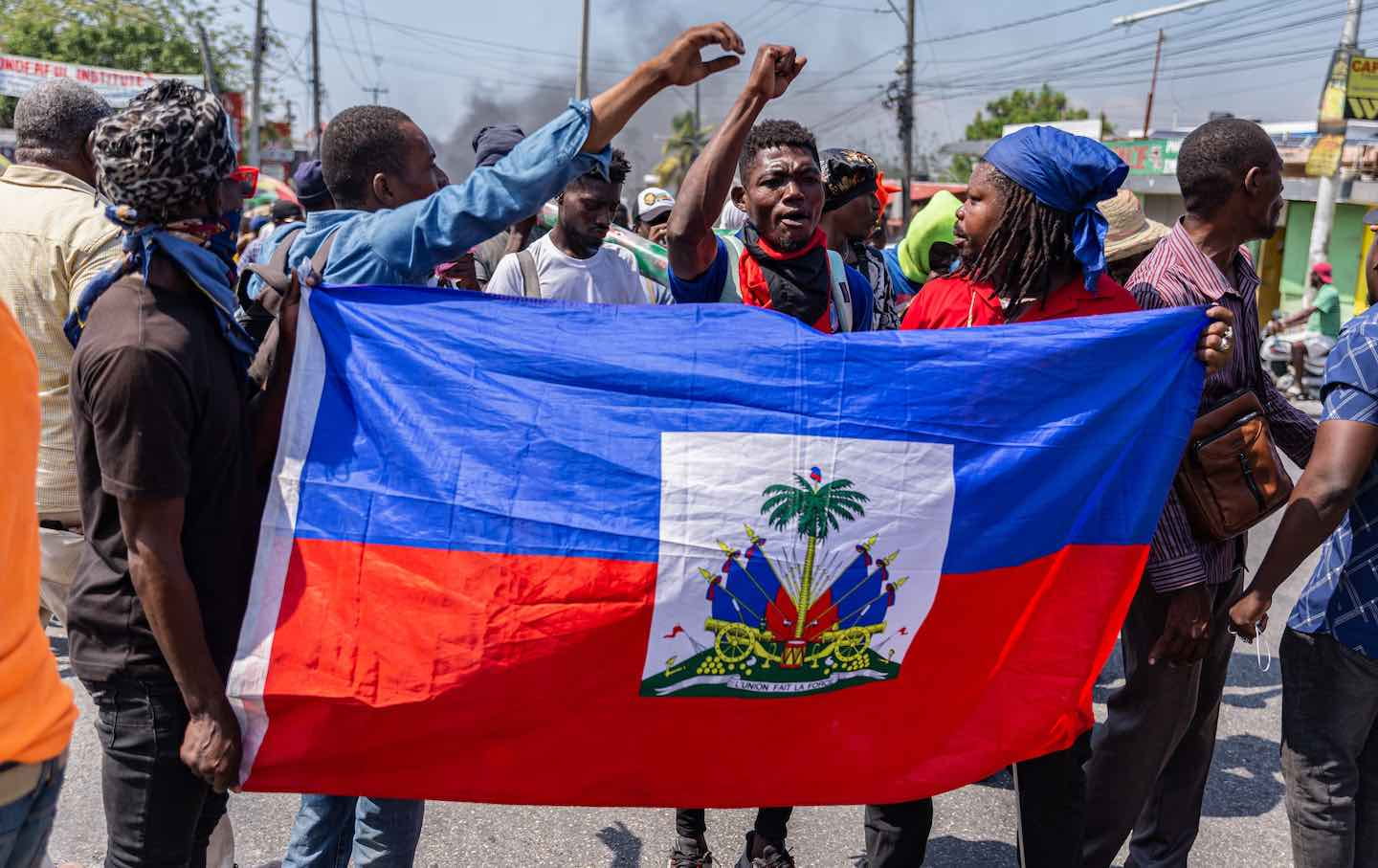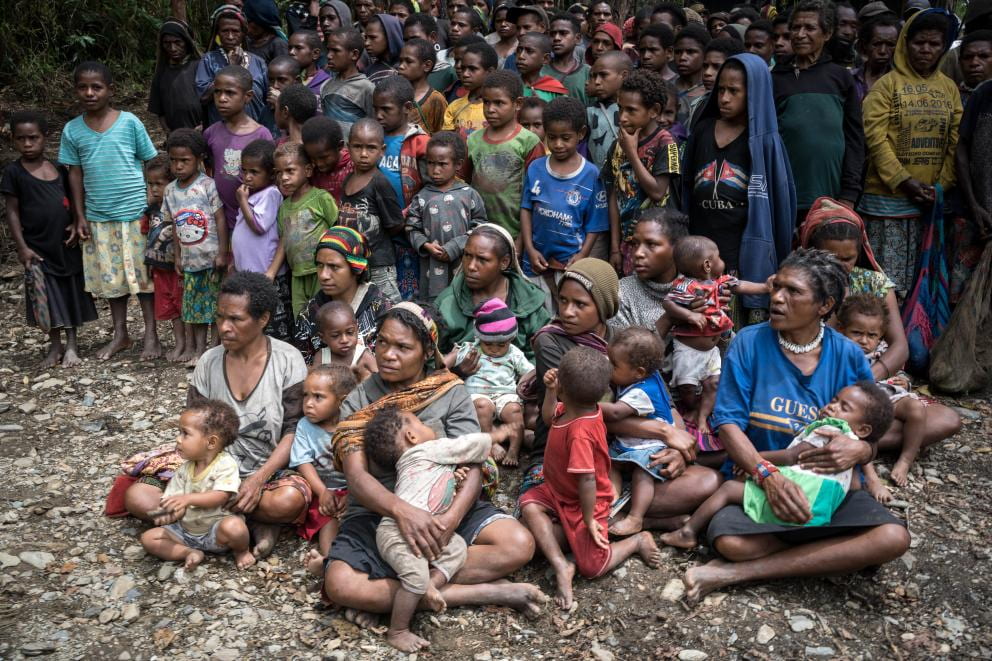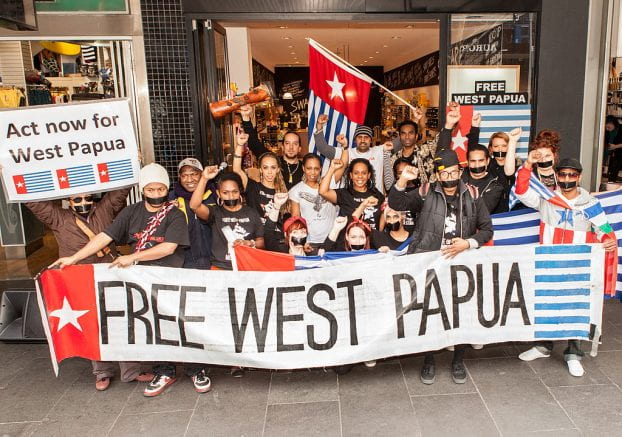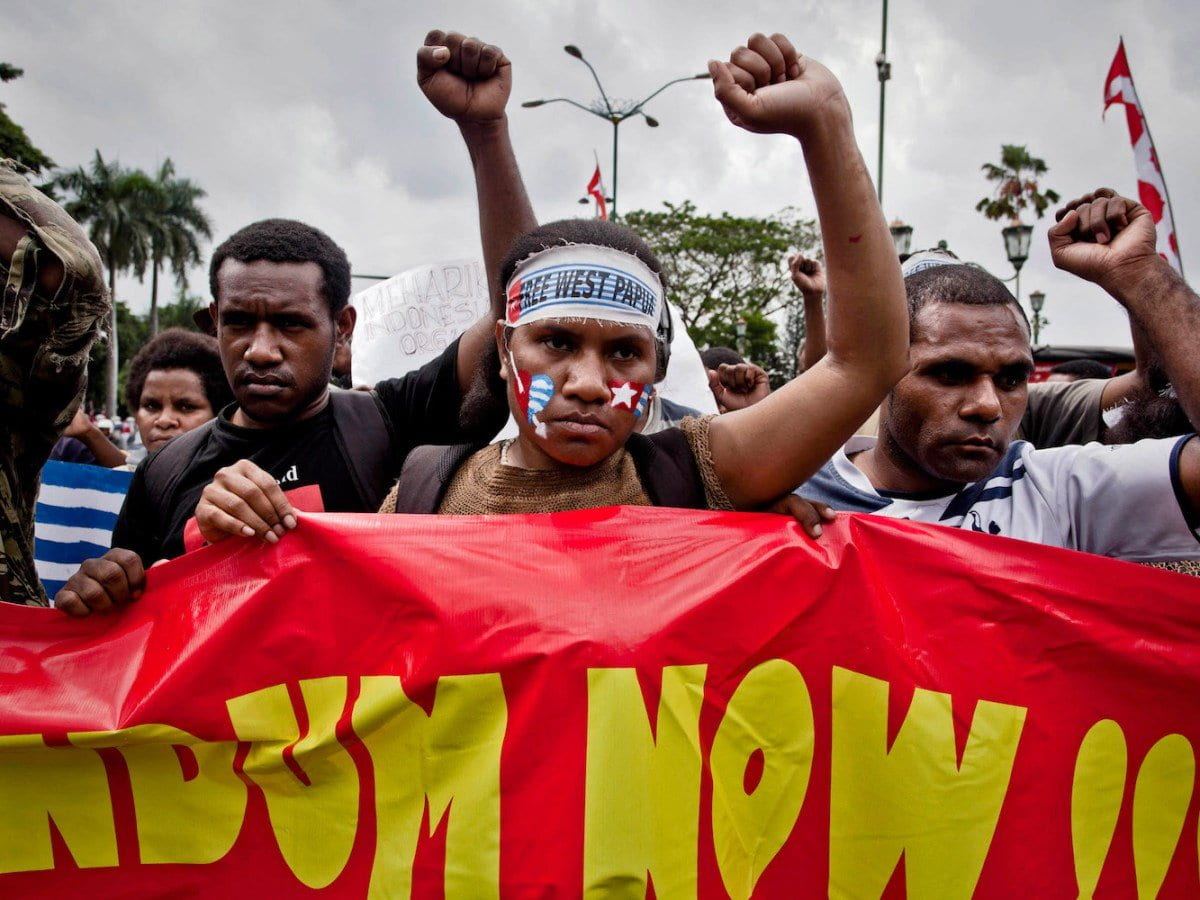
Overview of the Issue
A raft carries a crying girl as she desperately clings onto the last remaining threads of her former life; her puppy licks away her tears even as the rain replaces them. As the wind carries away her hoarse cries for her mother, a kind woman offers her a warm blanket and reassuring words.

While this story is completely fictional, its core is based on reality. Due to Hurricane Helene, more than 375,000 households were displaced, and those were the lucky ones – the ones who survived. An AI-generated image currently circulating on the internet illustrates a girl in a raft holding her puppy and crying. It depicts the realities of many families that were impacted by Hurricane Helene. While the image itself is not real, thousands of people online are empathizing with it, claiming that they imagine the baby could be their own.
Hurricane Helene made landfall on September 26, 2024, near Perry, Florida, as a powerful Category 4 storm with winds reaching 140 mph; it then moved into Georgia with continued Category 2 winds the following day. Helene caused widespread devastation, particularly through Florida, Georgia, South Carolina, North Carolina, Tennessee, and Virginia. This led to severe flooding and significant landslides in the southern Appalachians, with wind damage and tornadoes reported in parts of the Carolinas. The overall impact included hundreds of fatalities, substantial property damage, power outages, and displacement of thousands of residents. The death toll exceeded 200, with many still unaccounted for as recovery efforts continue. The economic impact is estimated to be between $95 billion and $110 billion.
The Impact on Marginalized Communities
What this image doesn’t show is that not everyone is equally affected by these disasters. Natural disasters like Hurricane Helene have a disproportionate impact on marginalized communities due to pre-existing social, economic, and geographic vulnerabilities. These communities, including low-income groups, immigrants, people of color, and indigenous populations, frequently live in areas that are more susceptible to flooding, landslides, and other natural hazards due to less expensive land or poorer infrastructure. When disasters strike, the lack of resources such as savings, insurance, and access to emergency services makes recovery significantly more difficult. Additionally, disparities in disaster preparedness and access to information can hinder evacuation efforts, leaving these groups at higher risk of injury or death. Post-disaster, marginalized communities often face greater challenges in accessing relief aid, rebuilding homes, and recovering livelihoods, further exacerbating cycles of poverty and inequality. This uneven burden underscores the need for more equitable disaster preparedness and response strategies that address the specific needs of the most vulnerable populations.
In addition to the challenges faced by marginalized groups during natural disasters, Spanish-speaking and immigrant communities in South Florida are particularly vulnerable. These populations often experience language barriers that prevent them from accessing crucial information about evacuation orders, emergency services, and disaster relief efforts. Many rely on informal networks, which may not always provide timely or comprehensive updates. This can lead to delays in taking protective measures, putting lives at risk.

The large immigrant population in South Florida, including many undocumented individuals, may hesitate to seek assistance due to fears of immigration enforcement. This fear can prevent them from accessing shelters or applying for federal aid programs, such as those offered by the Federal Emergency Management Agency (FEMA), despite being in dire need. Additionally, many immigrants work in sectors that are highly vulnerable to the economic impacts of disasters, such as agriculture, hospitality, and construction. The destruction of agricultural land and small businesses not only leads to a loss of income but also leaves these communities with limited options for recovery, as many lack the financial safety nets or legal protections afforded to other workers.
Furthermore, the weakening of infrastructure and social order during a disaster increases risks of violence, exploitation, and trafficking, which can be especially dangerous for undocumented individuals and those without strong social safety nets. Without strong social support systems or the ability to navigate the bureaucratic processes of disaster recovery, these groups may be more susceptible to labor exploitation or abuse in their efforts to rebuild. These compounded vulnerabilities highlight the urgent need for targeted disaster response efforts that consider the specific needs of non-English-speaking and immigrant communities. Effective response includes offering bilingual communication, ensuring that relief services are accessible to all, regardless of immigration status, and providing economic support to help rebuild livelihoods and restore stability. By addressing these gaps, relief efforts can better serve these at-risk populations and work towards more equitable disaster recovery.
What is Being Done on Site
Government efforts have been widespread in disaster relief. On October 2, the U.S. Environmental Protection Agency (EPA) launched a website to provide resources and information about the EPA’s efforts to assist communities affected by Hurricane Helene. The EPA’s Hurricane Helene website is updated with real-time information on response and recovery efforts for communities most at risk. Another resource is provided by FEMA. Individuals living in areas designated as presidentially declared disaster zones can apply for aid, which may cover temporary housing, home repairs, and other essential needs like medical care and transportation. FEMA also supports infrastructure repairs for communities, such as fixing roads and utilities, to restore access to critical services. These efforts aim to alleviate immediate hardships, promote recovery, and ensure that resources reach those most affected by the hurricane. To apply for assistance online, visit disasterassistance.gov.

The International Economic Development Council (IEDC) has been involved in coordinating international aid and economic recovery efforts in the aftermath of Hurricane Helene. Their role primarily includes facilitating the mobilization of funds and support from international donors to help rebuild critical infrastructure, restore economic stability, and support affected communities. This involves working closely with other global organizations and governments to ensure that economic relief is efficiently distributed and reaches the communities most in need.
The IEC’s efforts complement domestic recovery measures, such as those led by FEMA and other federal agencies, by focusing on broader economic recovery. This includes addressing disruptions in trade, ensuring the stability of financial markets, and providing support for small businesses and agricultural sectors that have suffered losses due to the hurricane. Their involvement helps to bolster the financial resources available for recovery, contributing to a more robust response to the economic challenges that follow such large-scale natural disasters.
In addition to government efforts, many humanitarian groups are also on-site to help with harm reduction. Private organizations such as Greater Good Charities have been on site and have already “deployed 48 truckloads of assistance, millions of dollars in aid, including food, water, hygiene products, and pet vaccines, with many more trucks of aid on the way.”

The American Red Cross is actively involved in assisting people affected by Hurricane Helene through its reunification services. This support is particularly crucial for those separated from loved ones during evacuation and rescue efforts. The Red Cross’s assistance includes tools and resources to help individuals reconnect with family and friends who may have been displaced or gone missing due to the storm.
Their services involve a dedicated online platform where people can register themselves as “safe and well” or search for information on missing relatives. This system allows both evacuees and those searching for them to exchange information, offering a vital means of communication when traditional lines might be disrupted due to infrastructure damage. The Red Cross also collaborates with local shelters and emergency services to ensure displaced individuals are accounted for and can be reached by family members.
Some businesses have adapted their operations to focus on disaster relief in the aftermath of natural disasters. For example, National Coating Inc. shifted its services during Hurricane Helene to support communities affected by the storm by rescuing stranded families and providing supplies to unreachable locations. The CEO, Zeb Hadley, started these rescue missions when he discovered a baby was born right before Helene struck and was in an unreachable area. He personally flew his private helicopter for 60 hours searching for the trapped baby and its family, and he arrived just in time. Paramedics documented that the baby was blue upon arrival, and they were able to stabilize it with oxygen.
Companies like National Coating Inc. exemplify the true spirit of corporate responsibility. They step up in times of crisis, using their expertise and resources for relief work. This commitment enables them to supply specialized equipment, personnel, and services crucial for recovery efforts in disaster-stricken areas.
This trend of businesses reframing their services to contribute to disaster relief can significantly improve the speed and effectiveness of recovery efforts, especially when public and nonprofit resources are stretched thin. It reflects a broader effort where companies leverage their skills and infrastructure to support both immediate needs and longer-term rebuilding initiatives. Such efforts complement those of humanitarian organizations and government agencies, creating a more collaborative approach to disaster relief and recovery.
Conclusion
In the wake of natural disasters like Hurricane Helene, marginalized communities face heightened vulnerabilities that can complicate their recovery and survival. Pre-existing economic and social inequalities, language barriers, and fear of seeking assistance make them more susceptible to prolonged displacement, loss of livelihoods, and even risks of exploitation and trafficking as social order deteriorates. As climate change worsens and the predicted severity of storms increases, this story is destined to repeat itself, and its impacts will be amplified. Addressing these disparities requires a concerted effort from government agencies, international organizations, businesses, and local relief efforts to ensure that disaster responses are inclusive and adequately address the specific needs of these vulnerable populations. Prioritizing equitable aid distribution and protection measures can help mitigate the adverse effects of disasters and support a more just recovery for all affected communities.














